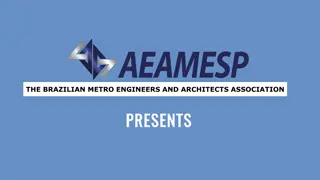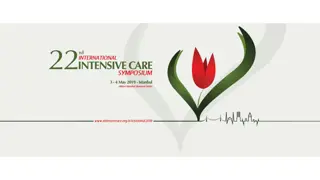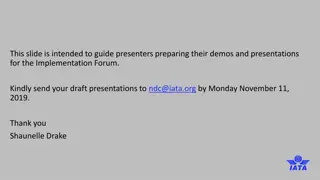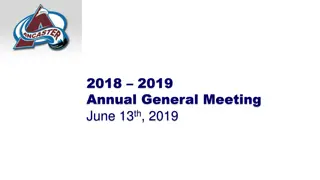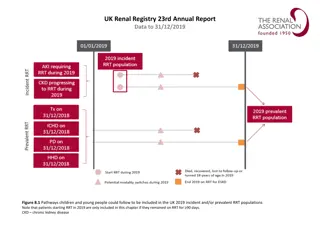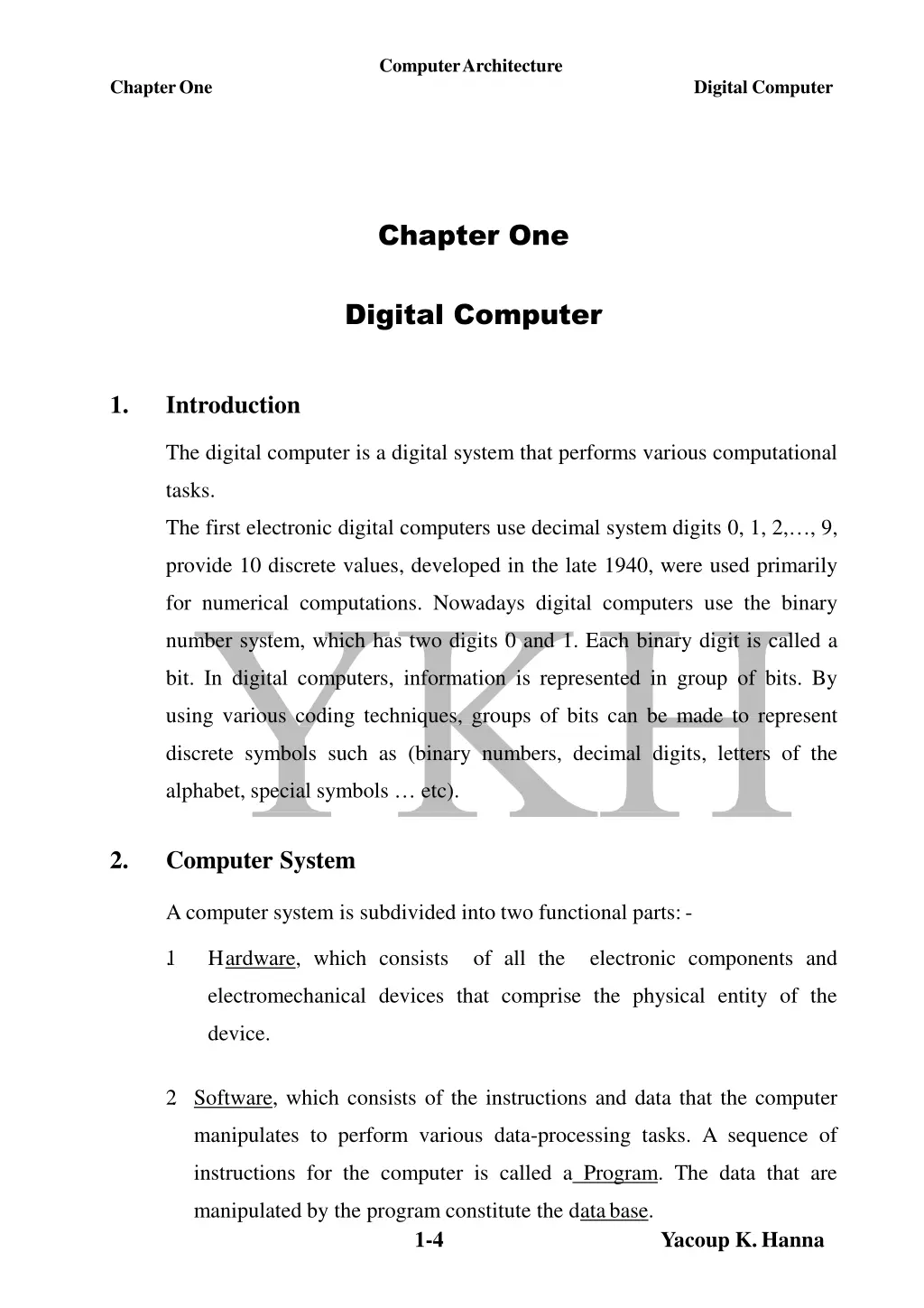
Understanding Digital Computer Architecture and System Components
Explore the fundamentals of digital computer architecture, including the use of binary digits, hardware components like the CPU and memory, and the role of system software in effective computer operation. Learn about computer organization, design, and architecture to grasp how hardware components function and interact within a computer system.
Download Presentation

Please find below an Image/Link to download the presentation.
The content on the website is provided AS IS for your information and personal use only. It may not be sold, licensed, or shared on other websites without obtaining consent from the author. If you encounter any issues during the download, it is possible that the publisher has removed the file from their server.
You are allowed to download the files provided on this website for personal or commercial use, subject to the condition that they are used lawfully. All files are the property of their respective owners.
The content on the website is provided AS IS for your information and personal use only. It may not be sold, licensed, or shared on other websites without obtaining consent from the author.
E N D
Presentation Transcript
ComputerArchitecture ChapterOne Digital Computer Chapter One Digital Computer 1. Introduction The digital computer is a digital system that performs various computational tasks. The first electronic digital computers use decimal system digits 0, 1, 2, , 9, provide 10 discrete values, developed in the late 1940, were used primarily for numerical computations. Nowadays digital computers use the binary number system, which has two digits 0 and 1. Each binary digit is called a bit. In digital computers, information is represented in group of bits. By using various coding techniques, groups of bits can be made to represent discrete symbols such as (binary numbers, decimal digits, letters of the alphabet, special symbols etc). 2. Computer System Acomputer system is subdivided into two functional parts:- 1 . Hardware, which consists of all the electronic components and electromechanical devices that comprise the physical entity of the device. 2 . Software, which consists of the instructions and data that the computer manipulates to perform various data-processing tasks. A sequence of instructions for the computer is called a Program. The data that are manipulated by the program constitute the database. 1-4 Yacoup K.Hanna
ComputerArchitecture ChapterOne Digital Computer 1. The System Software of a Computer The system software of a computer consists of a collection of programs whose purpose is to make more effective use of the computer. The system software of a computer is divided into main parts: - 1 . The operating system consists of the programs included in a system software package. An example of these programs is the high level language program written by a user to solve particular data-processing needs. 2 . The application programs are those programs written by the user for the purpose of solving particular problems. For example, the compiler that translates the high-level language program to machine language is a system program. The customers who buys a computer system needs in addition to the hardware, any available software needed for effective operation of the computer. 2. The System Hardware of the Computer Figure 1.1 shows the block diagram of a digital computer. The System Hardware of the Computer is usually subdivided into three main parts:- 1. The Central Processing Unit (CPU), which contains: a. Arithmetic and Logic Unit (ALU) for manipulating data. b. A number of Registers for storing data. c. A Control Unit for fetching and executing instructions. 2-4 Yacoup K.Hanna
ComputerArchitecture ChapterOne Digital Computer 2. The Memory, which stores instructions and data. Usually this memory is called a Random Access Memory (RAM) since the CPU can access any location in memory at random and retrieve the binary information within a fixed interval of time. 3. The Input-Output Processor (IOP), which contains electronic circuits for communicating and controlling the transfer of information between the computer and the outside world. Keyboards, printers, terminals, floppy disk drives, CD drives etc are examples of the input and output devices connected to the computer. 3-4 Yacoup K.Hanna
ComputerArchitecture ChapterOne Digital Computer 3. Subjects Associated with Computer Hardware 1 . Computer Organization. It is concerned with the way the hardware components operate and the way they are connected together to form the computer system. 2 . Computer Design. It is concerned with the hardware design of the computer. Computer design is concerned with the determination of what hardware should be used and how its parts should be connected. 3 . Computer Architecture. It is concerned with the structure and behavior of the computer as seen by the user. It includes the information format, the instruction set, and techniques for addressing memory. The Architecture design of a computer system is concerned with the specifications of the various functional modules, such as processors and memories, and structuring them together into a computer system. 4-4 Yacoup K.Hanna




